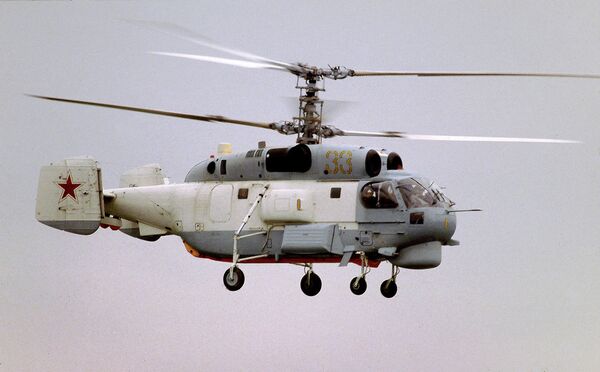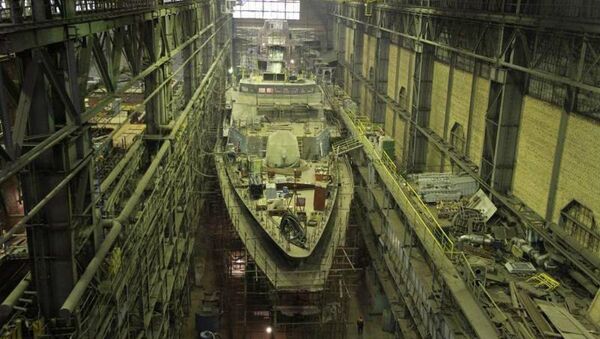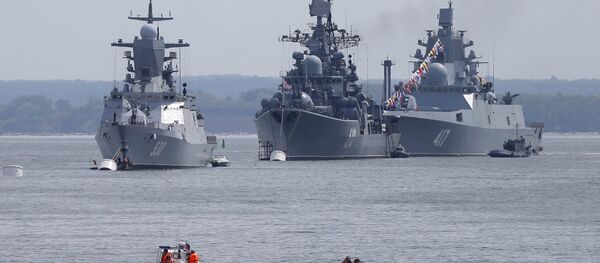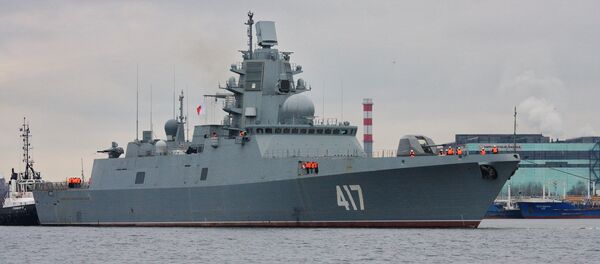The Russian Navy had previously planned to equip the corvette with engines produced by the German company MTU. However, like dozens of other contracts with companies from countries which imposed sanctions against Russia in 2014, these plans were scrapped.
With the four engines due to be transported to the Gremyashchy by the end of May, the warship's state trials will begin in 2017, according to the Russian newspaper Rossiyskaya Gazeta.
This multi-role ship is being built at St. Petersburg's Severnaya Verf Shipyard; it is designed for antisubmarine and surface warfare as well as for supporting land operations. The vessel is made of composite materials and incorporates stealth technology, which has considerably reduced its radar and infrared signatures.

Its armaments include Kalibr-NK universal missiles, a Redut anti-aircraft missile system and a A-190-01 100mm gun. It also has a hangar for operating a Kamov Ka-27 antisubmarine warfare helicopter.
The 104-meter-long corvette has a full displacement of 2,200 metric tons and a maximum speed of 27 knots (about 50 kilometers) per hour.





